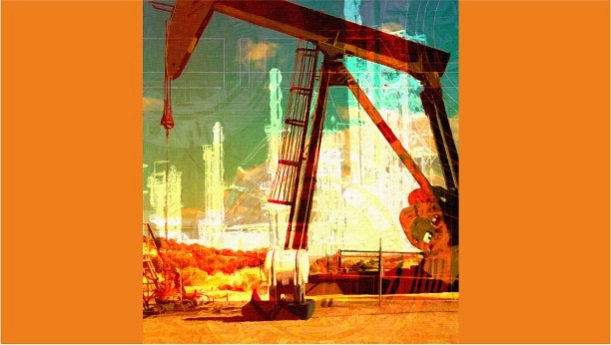
The much-hyped oil and gas industry too is facing several challenges during the ongoing pandemic days. Digitisation and adoption of related technologies in this sector has manifold benefits for the sector itself and also its ancillary industries.
Log In or become an AIMA member to read more articles
